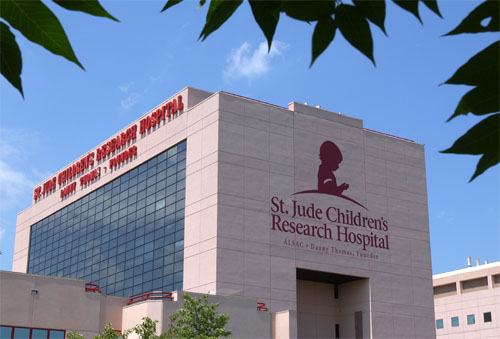Scientists’ New Approach to Know Cancer Origin
An international team led by St. Jude Children’s Research Hospital scientists has developed a new approach that uses genomic information from different species to understand the biology that drives the formation of different cancer subtypes.
The approach was developed by studying a tumor called ependymoma that affects the brains and spines of children and adults, but may also translate to other forms of cancer.
The research demonstrates that ependymomas in different regions of the nervous system arise when subtypes of stem cells found there acquire specific mutations.
The research also led to discovery of the first gene, called EPHB2, proven to cause ependymoma and has created laboratory model of this disease.
The research is authored by Richard Gilbertson, a member of the St. Jude Departments of Developmental Neurobiology and Oncology.
“The approach we have developed provides a flexible way for scientists around the world to test the hypothesis that subsets of different cancers arise when particular mutations occur in particular cell types,” Gilbertson said.
“Because the laboratory models developed from this approach accurately model patient subgroups, they can then be used to develop and tailor effective new treatments for these patients.”
The project builds on earlier work from Gilbertson’s laboratory into the role that normal stem cells play in cancer. The body relies on stem cells, which can divide and take on more specialized functions, to keep organs repaired and operating smoothly.
The research included scientists from seven institutions in the U.S., Canada and Great Britain.
💛 Support Independent Journalism
If you find RMN News useful, please consider supporting us.




